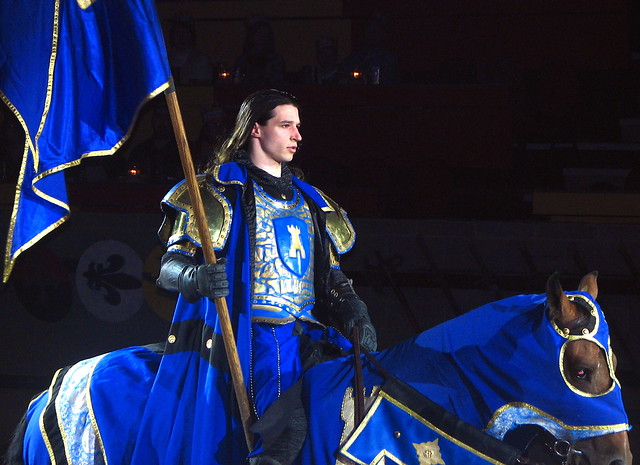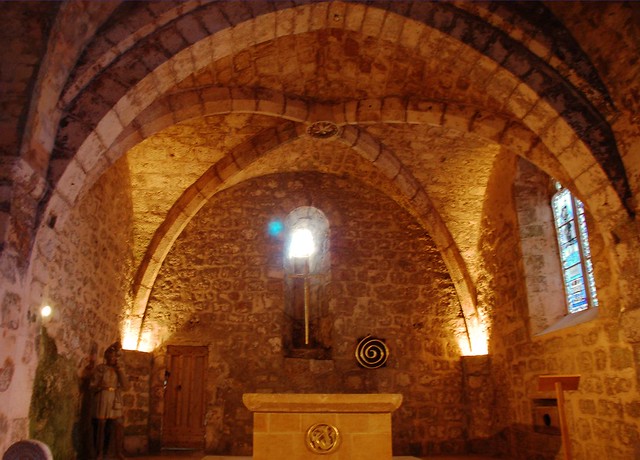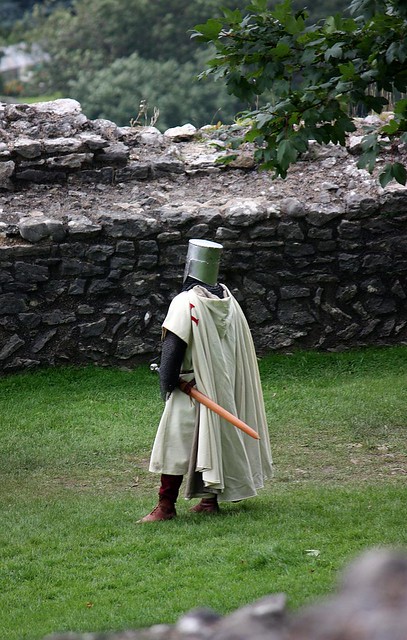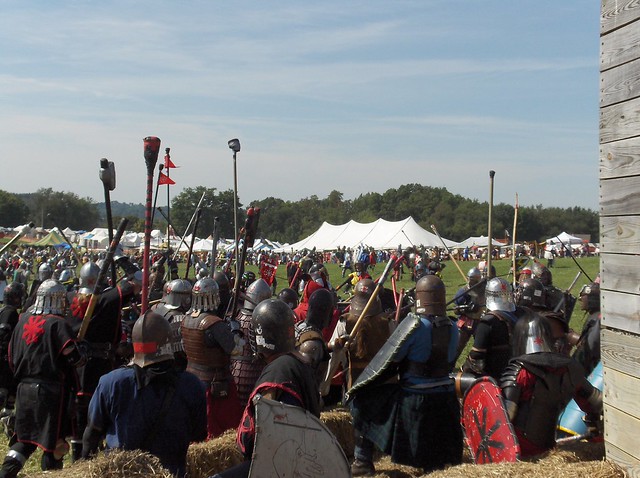We are beginning our middle school math for teachers course thinking about integers. What a miserable topic, on the face of it. Trying to think about why K-12 students might need or see negative numbers, these pre-service teachers came up with three spot on suggestions:
- Answers unanswerable problems: 5-7
- Gives relative position or quantity
- Alternative way to think about subtraction
Really sharp thinking, I thought. And if you think about why mathematicians invented them (or worked out how they work), this is definitely it. Completeness and closure, and then a more sophisticated understanding of operations. My suspicion is that these make poor justifications for middle school students.
As I thought through contexts, I thought that the relative position or quantity situations were the strongest. Something got me thinking about keeping track of change as the most interesting of these. That and our heavy family diet of fantasy led to this story. Apologies to Mr. Python and to you, the reader.
Task: Archaeologists definitely did not unearth this journal from the middle ages. But as you read through the account of this thrilling fictional adventure, please keep track of the number of knights. Make two graphs:
- A graph of days on the quest vs. the number of knights.
- A graph of days on the quest vs. the change in the number of knights from the previous day.
A mathematician would probably mark Jan. 11th as day zero, but what you do is up to you. As the graphs are finished, label the important points with what was happening in the story. Which graph do you think shows most clearly what happened? Why?
Quest for the Holy Snail
Diary of Sir Vaysez
Jan. 11th, year of our Lord 1011.
We set out for Gudtonoya today. Our company numbered 100 good knights, in search of the Holy Snail. It is hoped that recovery of the Holy Snail will bring peace to our land.
 Jan 12th
Jan 12th. As we topped the hill outside Dentite-on-Wails we encountered a party of Orcs. 10 men lost. Ran away screaming at the sight of the beasts. The orcs waved us on, wanted to know if we had extra biscuits. Not for their ilk!
Jan 13th. Faced an enemy party of evil knights from Notusistan. The blocked our path and challenged us to battle. We shouted as loud as possible, they were overwhelmed and joined our party. 25 converts to our cause!
 Jan. 14th
Jan. 14th. Sad morning. Turns out Notusistannis were playing a trick. They left and convinced 50 gullible men to go with them. Silly knights, such tricks are for children! King seems depressed.
Jan 15th. Wandering through the Moors of Lesthan. Doing nothing for morale. More knights returned home today. The company is down to 35. Still mostly mighty!
Jan 16th. Surely this day shall be remembered always. Camped at the edge of a pond, the King heard a voice calling to him. When he looked into the water, a maiden stared back at him! (Not a reflection, as he is quite, um, "rugged" might be polite.) This maid said that the heavens did find favor with him, and she reached out from the water holding the Spear of Justice! Hurrah!
That said, 10 more men left. Mumbling something about “watery women handing out mystical weapons is no basis for any kind of representational government.” Good riddance, say I!
Jan. 17th. 12 new knights have joined. We marched today to the Castle of Awwshux. The nobles there, inspired by our majestic liege and Expointsalot, have joined our quest. (That’s what he’s calling the spear; doesn’t seem like good namesmanship. What’s wrong with ‘Spear of Justice’?) They also had information that …
Jan. 18th. Sorry I never finished yesterday. Dragon attack! Lost a few brave warriors, but the dragons were repelled. Our company numbers 33 hale and lightly toasted fellows.
Jan 19th. Marching on Notusistan, as the Shuxters are sure these dark knights hold the Snail. We’re worried, as we hear they eat snails. Might as well be French, right? Thrilled by promise of action, many knights have joined our company. We are 51 knights strong, and should enter Notusistan on the morrow.
Jan 20th. Exhausted. This was a major battle. Fully armored knights clashed, bashing sword on shield, lances driven forward. So glorious! Surprisingly, we still have 51 knights. Don’t think they lost any warriors either. But it was glorious, I say!
Jan 21st. Turns out Notusistannis are good cooks. Might as well be French, right? They invited us in for a meal. We recounted the glorious deeds of the battle from the previous day. 8 men left because the food was "too spicy." Have a palate, man! But 5 brave Notusistannis have joined us. Turns out they didn’t even know the Snail was here. They said that if it’s anywhere, it must be in the castle of the Wizard King of Wartshog. It is rumoured we shall face the undead. Then 6 more men left.
 Jan. 22nd
Jan. 22nd. I write these words weary, but victorious. 10 more knights joined us for the final assault. But the legion of skeleton fighters claimed heavy tolls. Relentless, they were. Then the Wizard King smashed 5 brave knights as we rushed him together. But 22 knights, including our King, Herbert, made it through. The King smashed the evil warlock's dread terrarium and recovered the Holy Snail!
Rejoice all you lovers of Blessed Mollusks! Once more our land shall know peace.
 |
| Chapel of the Holy Snail |
Writing this made me think of Denise and her adventure math stories. Check them out at
Let's Play Math!
Photo Credits (Flickr): GraphicReality, Ton MJ, ElitePete, estherase, modowd, greyloch, rogersanderson












